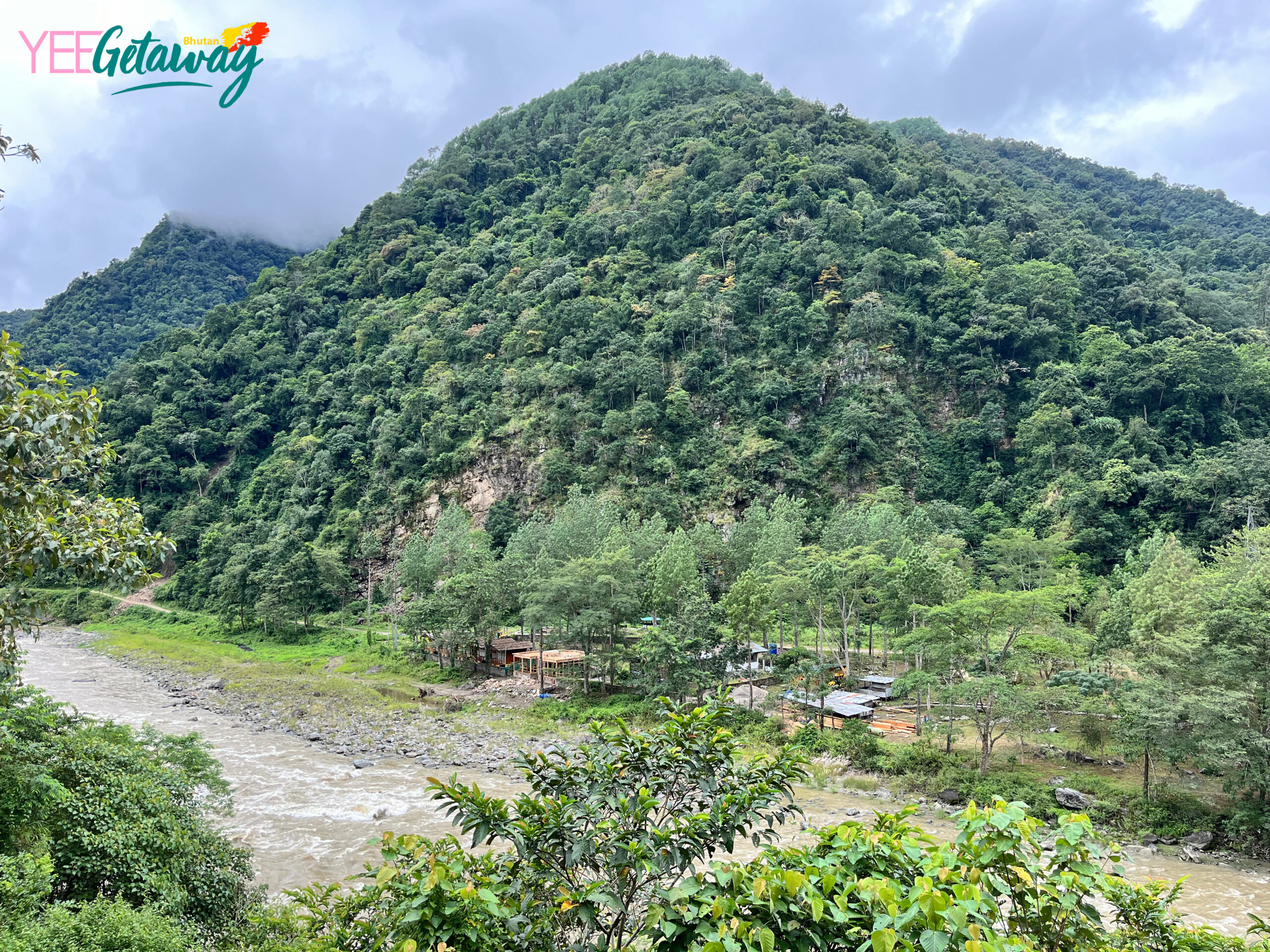
By Cate Kelly
The Kingdom of the Thunder Dragon is famous for its Gross National Happiness policies, and there is no better way to experience this philosophy in action than by venturing into the communities that have upheld these values in their day-to-day lives for centuries, long before they were enshrined in the constitution. No longer isolated from the rest of the world, the allure of technology, financial gain, and wider opportunities beyond its 500-year-old borders are shaking the centuries-old foundations of Bhutan. The old and the new mix into a curious cocktail: grandmothers in traditional kiras, worn by their grandmothers before them, still wake up each morning to milk the cows—clutching their smartphones in hand—while nearby, some communities receive clean drinking water systems for the first time.
Lonely Planet writer and Bhutan expert Erin Levi shares with Yeegetaway what makes Bhutan particularly unique as a destination, especially for visitors: “It’s one of a handful of countries that have never been colonized and has really valued its cultural heritage, only taking from the outside world what it thinks it needs.”
She points out that, looking back to when the Kingdom was formed in 1907, fashion such as the national dress has remained the same. Comparing this to other nations that have drastically modernized away from traditional value systems, “Bhutan stands out as a gem in its authenticity.”
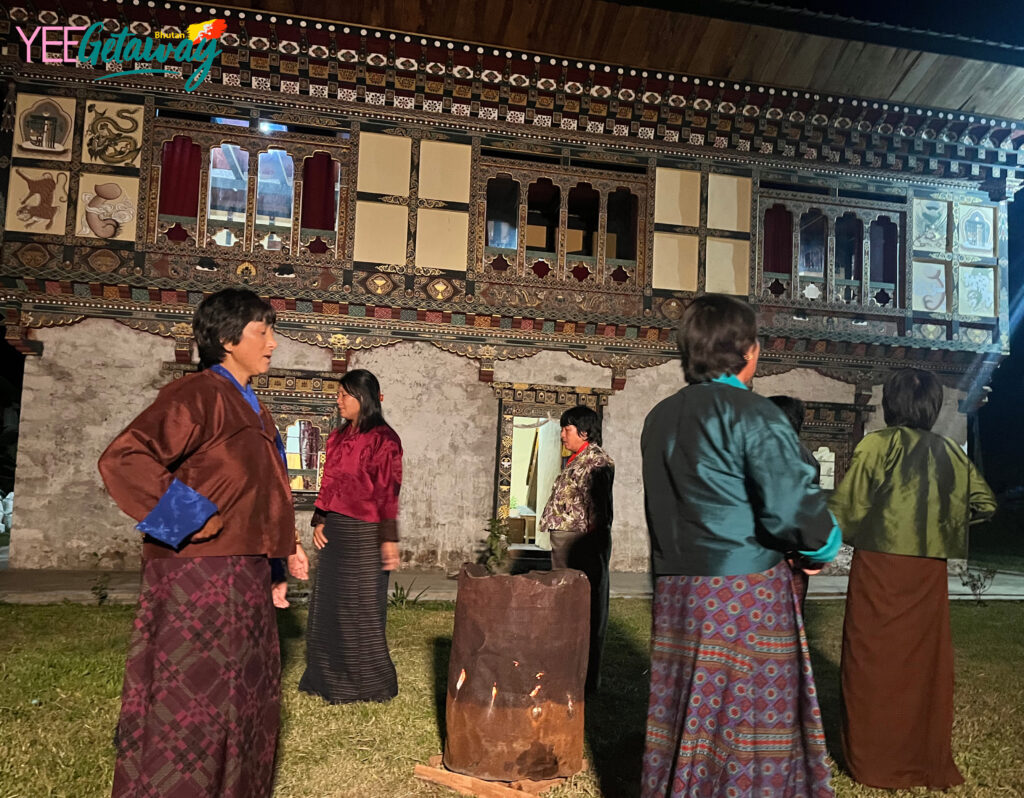
“It is a very special place, being the last Buddhist kingdom in the world,” Levi says. She notes that community-based tourism is key to maintaining this balance: “It’s important, not just for hotel owners to profit, but for the actual communities to benefit.”
Community-Based Tourism on the Rise
In Nabji, a village of 52 households and roughly 300 inhabitants in the district (or Dzongkhag) of Trongsa, a six-hour drive from the capital Thimphu, life is a quintessential portrait of rural Bhutan. The village has just begun to open its doors to tourism, shyly but hopefully inviting in an industry with new economic opportunities. As a community that relies on agriculture, particularly a plentiful cardamom harvest, the future Nabji faces holds many 21st-century changes and challenges, a mirror of similar stories playing out across the country.
“I am nervous about the youth leaving the village,” Tshogpa Kinley says, the reflection of the bonfire dancing along his features. “Every year more youth go to the big city to make money.” Tourism is a promising resolution to this fear as it increases opportunities for both youth and families to create a livelihood domestically.
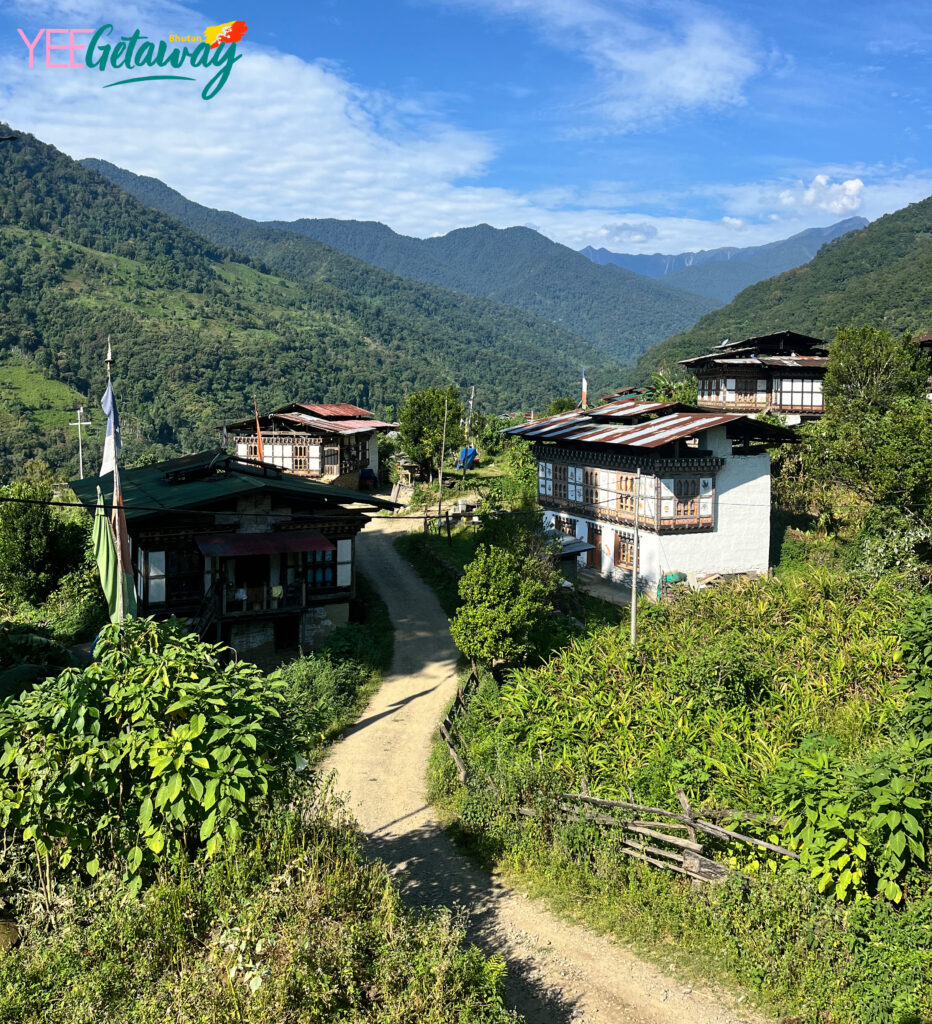
In Nabji, the homestay industry has emerged with popularity due to the local Lhakang, a temple that houses sacred objects. Nabji Lhakhang holds a holy stone of Guru Rinpoche, a prominent and revered saint who arrived in Bhutan in the 8th century to spread Buddhism and perform miracles. The temple is included as a pilgrimage stop along the slowly reviving Guru Rinpoche Trail, bringing new attention to this verdant valley of Trongsa. Local households are preparing their homes to welcome foreign guests and share a glimpse into their everyday lives.
Cheyngala, a homestay owner in Nabji, explains how the income generated by tourism directly benefits local families: “If they come, it will help us support our child with their expenses. I think it’s because of COVID that they couldn’t come, but we hope they will come from now on.”
In a traditional Bhutanese homestay, visitors enjoy simple but comfortable accommodation, morning milk tea with views of rice terraces, and home-cooked meals filled with regional specialties.
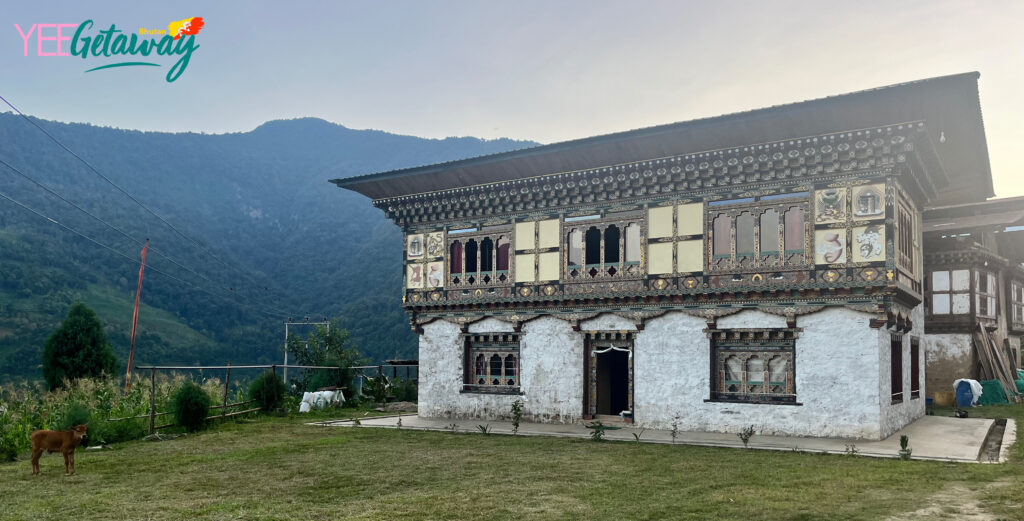
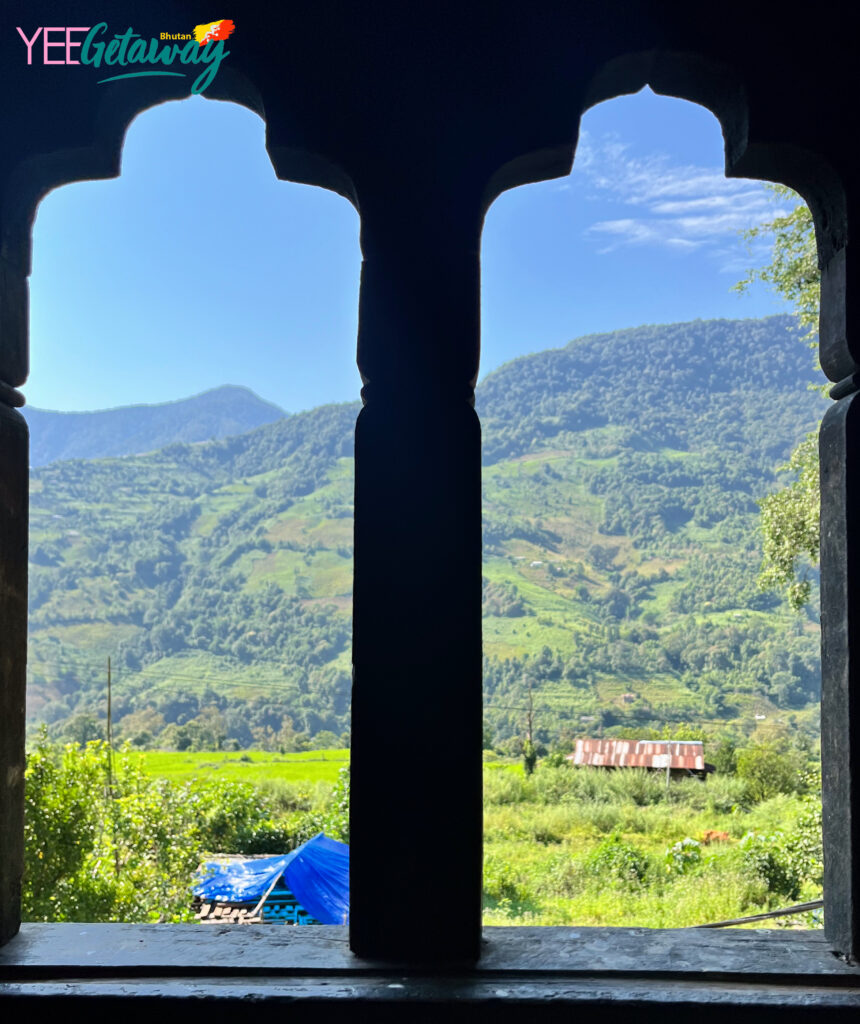
There are now ten households open for guests, and the community hopes that the auspicious location draws in spiritual seekers and tourists alike. Still, the fear of cultural dilution lingers: “The main concern, I think, is that our culture and traditions are going to be diluted. Even in our time, children are speaking English and mixing Dzongkha with other languages as well as our dialect. They wear Western pants and shirts, so I think the world is changing along with languages,” says Cheyngala.
Ecotourism is a key component of the developing hospitality industry in Nabji and other destinations in Bhutan for its emphasis on maintaining natural areas while engaging visitors in authentic experiences. Tourists are relatively new to many rural areas outside the regular tourist loop, offering an opportunity to experience a value system and way of life that is rare to find elsewhere.
Zhemgang: Where Ecotourism Thrives
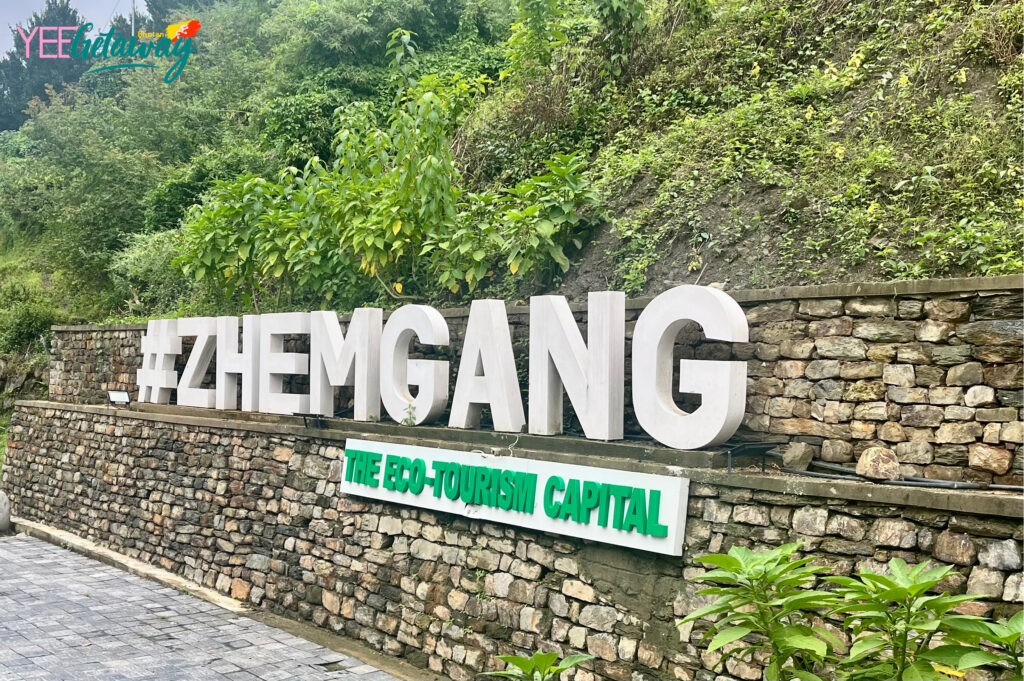
If you follow the road beyond Nabji village and Trongsa for another three hours, the humidity perspires. Heat rises as dense fog over rushing rivers, hanging low in the forest canopies. This is where the Himalayan foothills become lowland jungle: welcome to Zhemgang, the ecotourism capital.
In South-Central Bhutan, Zhemgang is one of the most remote districts in the country, concealing some of Bhutan’s most illustrious nature and wildlife. Bordering India, this Dzongkhag has no shortage of nature reserves, including Manas Park, the Jigme Singye Wangchuck Public Park, and Thrumshingla Public Park. Birdwatching is superb here, as is the wonderful sense of being lost. Zhemgang is also one of Bhutan’s fastest-growing ecotourism destinations, with innovative new ecolodges, river adventures, and elephant encounters.

The Berti community’s White Bellied Heron Eco Lodge is perched beside the roaring waters of the Mangdechhu River. Nestled within towering green valleys and founded and run by the local community of women, this lodge sets an example of conservation and sustainability alongside crucial livelihood development. Located 30 minutes north of Tingtibi town, Berti village is connected by a 5 km road to the main Zhemgang-Gelephu highway.
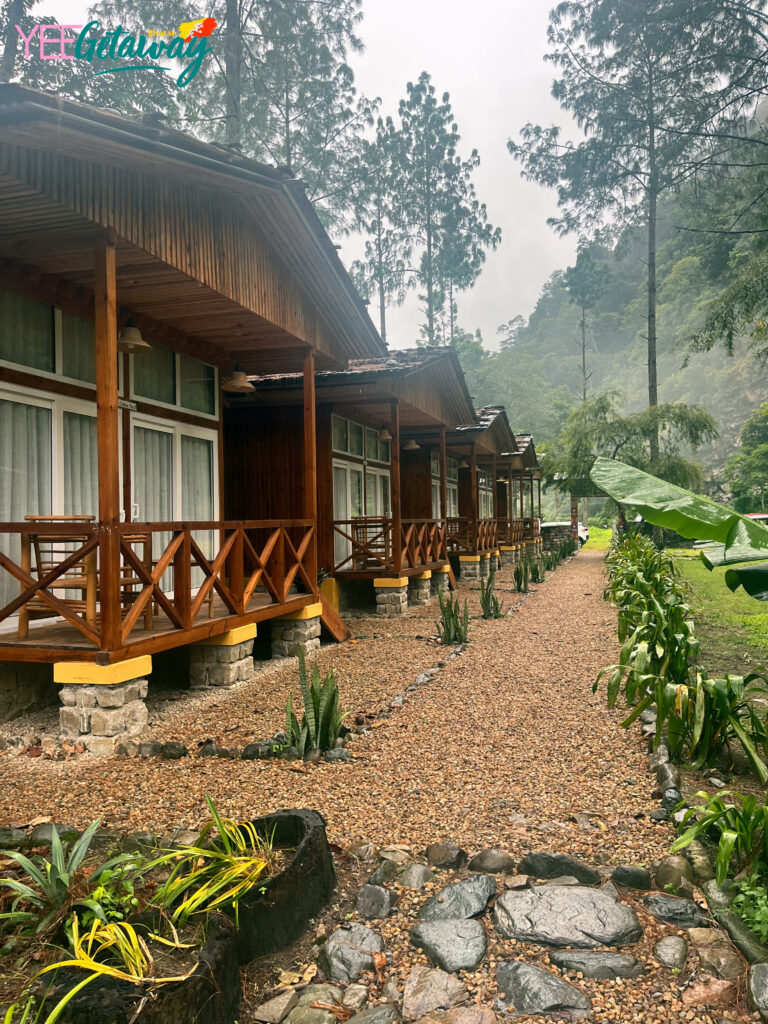
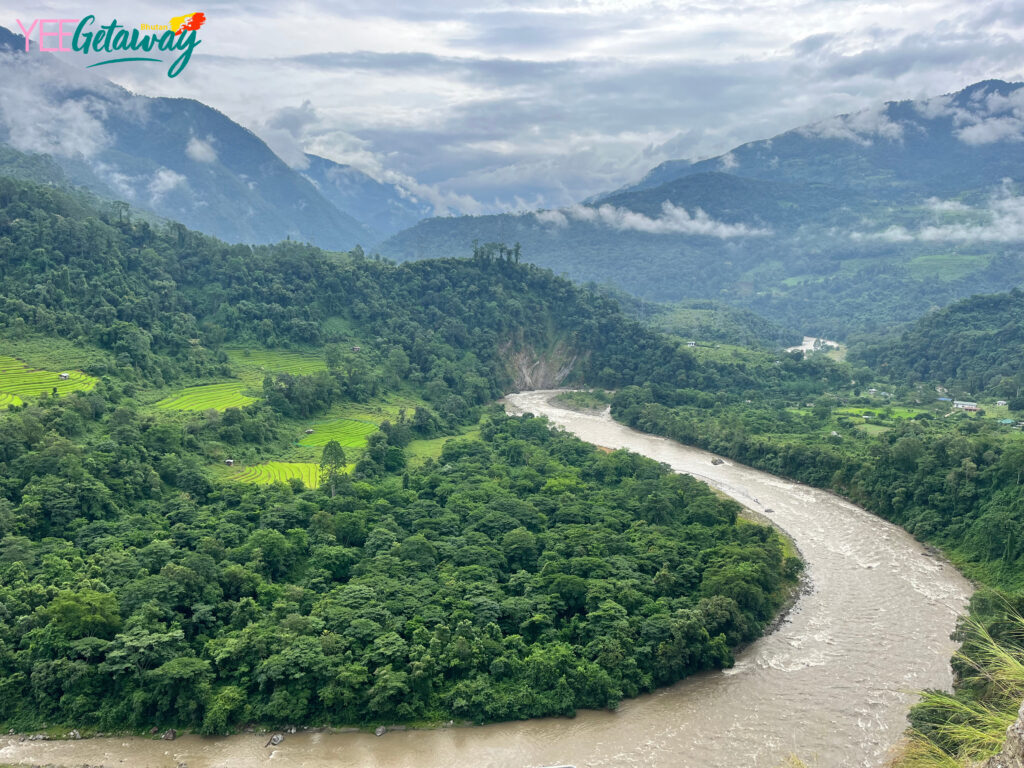
Cabins at the eco-lodge start at $50 per night for international visitors, with extra dining options. Explore the Tama-Berti Eco Trail by crossing the suspension bridge to the other side of the river for a casual nature walk. Keep an eye out for distinct birds and other wildlife species. Find more information about the eco-lodge on their website.
These examples of community-based and eco-tourism are just a small taste of the emerging destinations in Bhutan that are off the beaten path and shaping the future of tourism in the country. Be one of the first guests to grace the thresholds of homestays in the far east, wander through untouched, newly inaugurated nature trails in the central lowlands, and learn from communities just beginning to engage with outside visitors.
The future of tourism in Bhutan is bright, but one could also call it mindful, regulated, and slow to change—despite its inevitability. It is being molded and shaped by the heart and soul of Bhutan: the rural communities and guides that walk a delicate balance between conservation and innovation, ingenuity and tradition, development and preservation.
Read more on the blog: https://yeegetaway.com/hidden-bhutan-top-off-the-beaten-track-destinations/